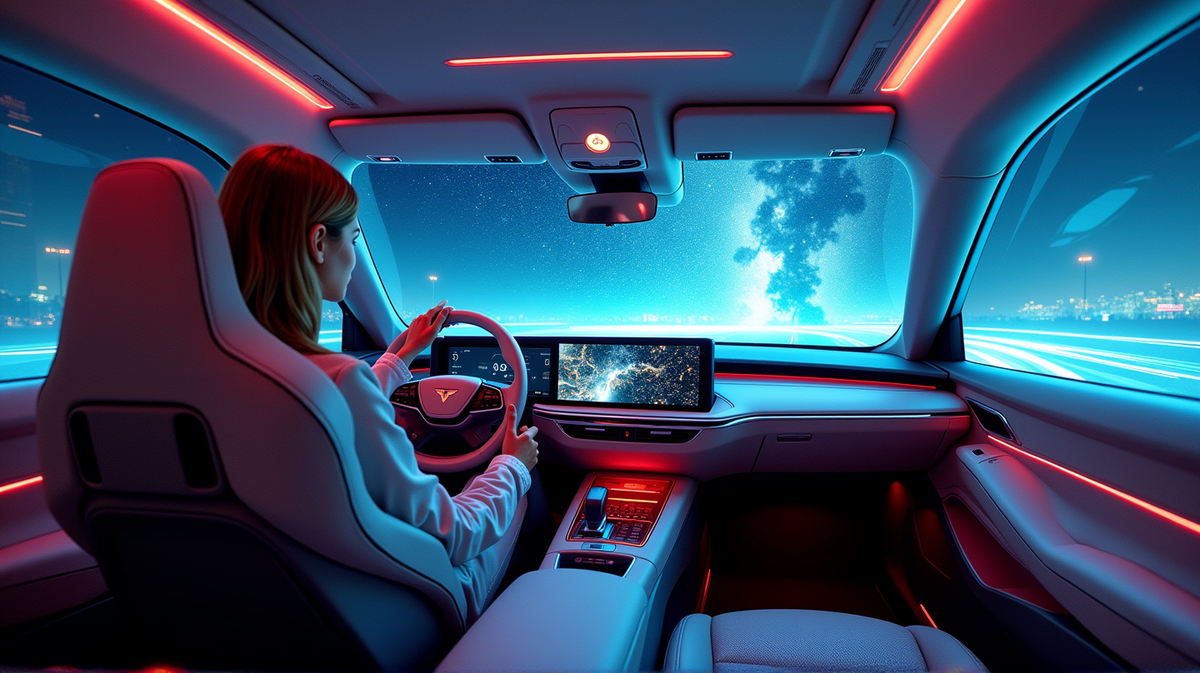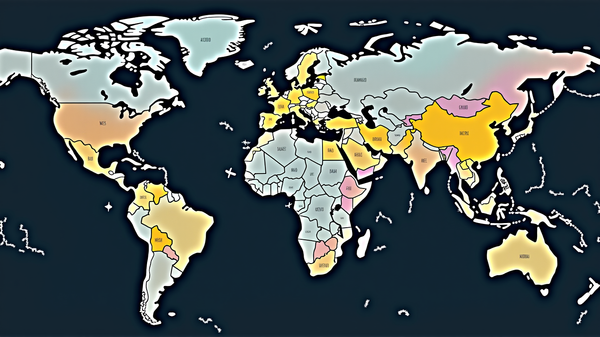Are Electric Cars Making Us Carsick? Unraveling the Science
Rising EV popularity unveils an unexpected issue: increased motion sickness among riders, with intriguing scientific insights backing the sensation.

As electric vehicles (EVs) continue to redefine the landscape of personal transportation, with a significant boom in sales from 18% in 2023 to 22% in 2024, a curious and less discussed phenomenon is emerging. According to The Guardian, an increasing number of EV passengers report experiencing motion sickness. Social media is abuzz with testimonials from passengers who, after a ride in an electric car, find themselves succumbing to a queasy sensation. Yet, what is fueling this surge in reported carsickness among electric cars enthusiasts?
Adapting to a Silent Drive
The transition from traditional petrol or diesel cars to EVs is not just a technological leap but a sensory shift as well. The quiet hum of an electric motor can be disconcerting to those accustomed to the revving of an internal combustion engine. As William Emond, a PhD researcher, points out, “The lack of engine noise in an EV might confuse the brain’s expectations of motion, which are historically based on combustion engines.” This absence of familiar auditory cues challenges our onboard anticipatory systems, setting the stage for potential motion sickness.
The Brain’s Learning Curve
A ride in an EV can initially feel like exploring a new celestial body, prompting the brain to adapt to an unfamiliar sensory environment. Emond elaborates, “In a zero-gravity scenario, it’s almost inevitable to feel nauseous due to the brain’s lack of past experience. Similarly, in an EV, the quietude and gradual regenerative braking introduce a new motion environment for the brain, necessitating adaptation.”
The Silent Culprit: Regenerative Braking
The regenerative braking technology in EVs, which gently recaptures kinetic energy, creates a unique deceleration profile. This low-frequency deceleration has been linked to heightened motion sickness symptoms. Studies suggest that this feature, meant to extend range and efficiency, ironically contributes to discomfort, especially among those new to the electric vehicle sensation.
Navigating the New Terrain
To counteract this modern form of vehicular unease, researchers are already exploring solutions. Some propose incorporating visual cues, like interactive screens and ambient lighting, to help passengers’ brains better predict and adapt to the movement of EVs. Such innovations could transform the passenger experience, blending cutting-edge technology with physiological science to ease motion sickness and enable smoother journeys.
As the world collectively steps into an electrified future, understanding and mitigating these effects will be crucial. This ensures that the greener pastures of EV ownership come without the unwelcome side effect of motion-induced nausea.





